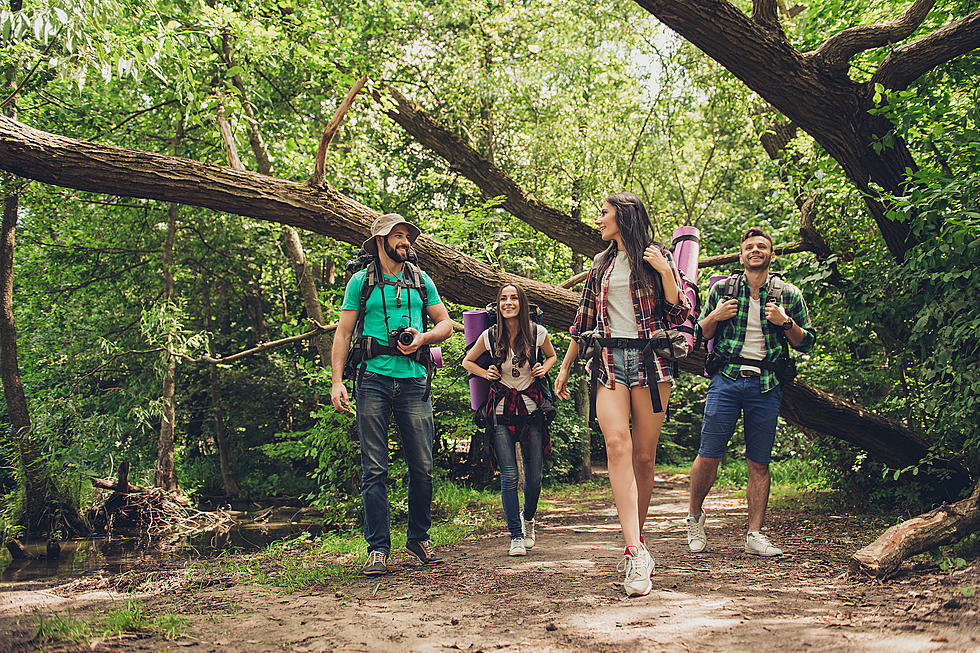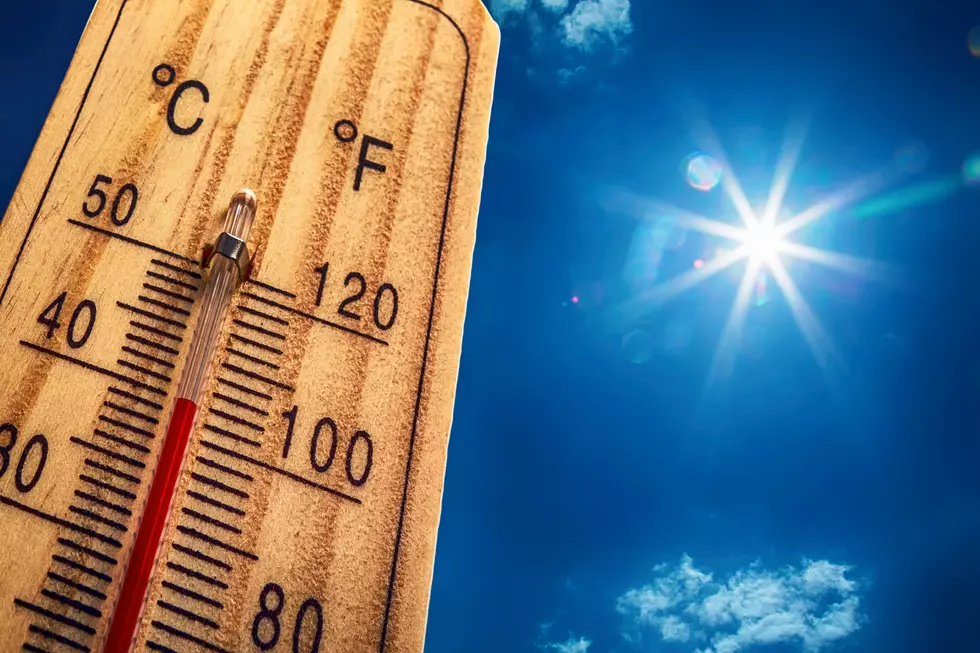
Heat Safety Tips – Including Jim’s ‘Almost Forgot’ Story
Well it happened again, we went from a nice mild and wet Spring to Holy Moly, it's summer heatwave. Here's a reminder of things you need to do to protect yourself from the heat and have a safe, fun, get-out-and-see-people-again, summer... and my story from last year.
First, The Story
It was this time last year that I got a rude reminder of just how NOT used to the heat I was, and it got a little scary:
So, Saturday, after a long two and a half months off from shooting matches at the Texarkana Gun Club and the usual slow buildup of the heat that is generally experienced during the Spring, we finally got back to runnin' and gunnin' last weekend with the return of our monthly USPSA (United States Practical Shooting Association) match. Did I mention it was hot Saturday?
Well, fat boy (me), remembered how hot it is when on stage four I realized I had stopped sweating and my heart was racing a bit too fast. I had been attempting to hydrate with water and Poweraid but I really should have started a few days before, not the day of. Before things got worse I grabbed some water and went into a cool building to try and get it under control and thankfully I was able to do so or I might not be writing this now.
Heat exhaustion and heatstroke can happen much faster than anyone is expecting. Since I have had some training in first aid through Scouting I recognized the signs maybe a little better and faster than most might and didn't try to man-up and hang in there, cause that thought process can get you hospitalized and maybe even killed in the Northeast Texas and Southwest Arkansas heat and humidity. I found a cool place to sit and some cold water for my neck and face and to drink in time to avoid any serious problems.
Water Is Your Friend
Here are some tips from the Texas Department of Public Safety:
- Drink plenty of water throughout the day even if you do not feel thirsty; you may not realize you're dehydrated until it's too late. Also, avoid alcohol and beverages high in caffeine or sugar during periods of prolonged outdoor exposure.
- Pay attention to your body. Heat-related illnesses such as heat exhaustion and heatstroke can develop quickly. Know the warning signs and seek medical attention if necessary.
- Check on others, especially the elderly, sick, very young and those without air conditioning.
- Don't forget pet safety. Animals are also susceptible to heat-related injury or death – don't put your pets in these dangerous conditions.
- Monitor local weather updates and stay aware of any upcoming changes in weather.
- Limit exposure to the sun and stay indoors as much as possible. If possible, avoid strenuous outdoor activity during the hottest part of the day.
- Light-colored, loose-fitting clothing and a hat are recommended while spending time outdoors.
- Wear sunscreen. Sunburns can affect your body's ability to cool down. Protect yourself during periods of sun exposure by putting on sunscreen SPF 15 or higher 30 minutes prior to going outside.
- Be extra careful when cooking outdoors, building campfires or driving off-road to avoid igniting dry vegetation. Also, stay aware of burn bans in your area and always abide by restrictions on outside burning.
Ready.gov recommends the following Recognize & Respond
Know the signs of heat-related illness and how to respond to it.
HEAT CRAMPS
- Signs: Muscle pains or spasms in the stomach, arms or legs.
- Actions: Go to a cooler location. Remove excess clothing. Take sips of cool sports drinks with salt and sugar. Get medical help if cramps last more than an hour.
HEAT EXHAUSTION
- Signs: Heavy sweating, paleness, muscle cramps, tiredness, weakness, dizziness, headache, fainting, nausea, vomiting.
- Actions: Go to an air-conditioned place and lie down. Loosen or remove clothing. Take a cool bath. Take sips of cool sports drinks with salt and sugar. Get medical help if symptoms get worse or last more than an hour.
HEATSTROKE
- Signs:
- Extremely high body temperature (above 103 degrees) taken orally
- Red, hot and dry skin with no sweat
- Rapid, strong pulse
- Dizziness, confusion or unconsciousness
- Actions: Call 9-1-1 or get the person to a hospital immediately. Cool down with whatever methods are available until medical help arrives.
Whether you're boating, mudding, beaching, shooting, camping, fishing, hiking, etc... if you're outside, take care of yourself and be aware of what your body is telling you.
Don't mess around with the heat, 2020 was a booger, let's make 2021 the comeback year we deserve.
LOOK: Oldest Disneyland Rides From 1955 to Today
LOOK: Route 66’s quirkiest and most wonderful attractions state by state

More From Eagle 106.3

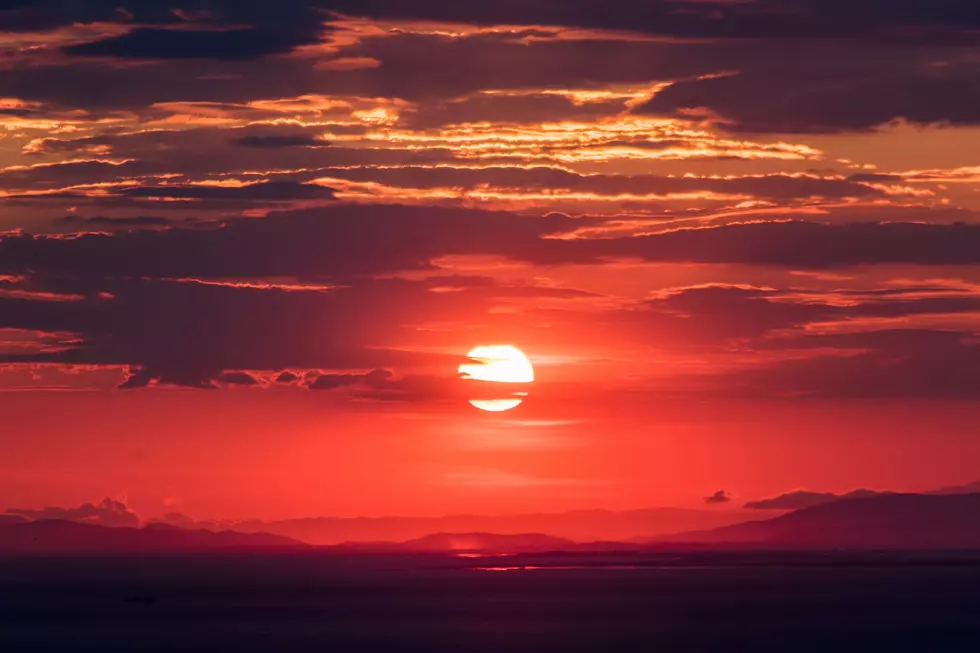

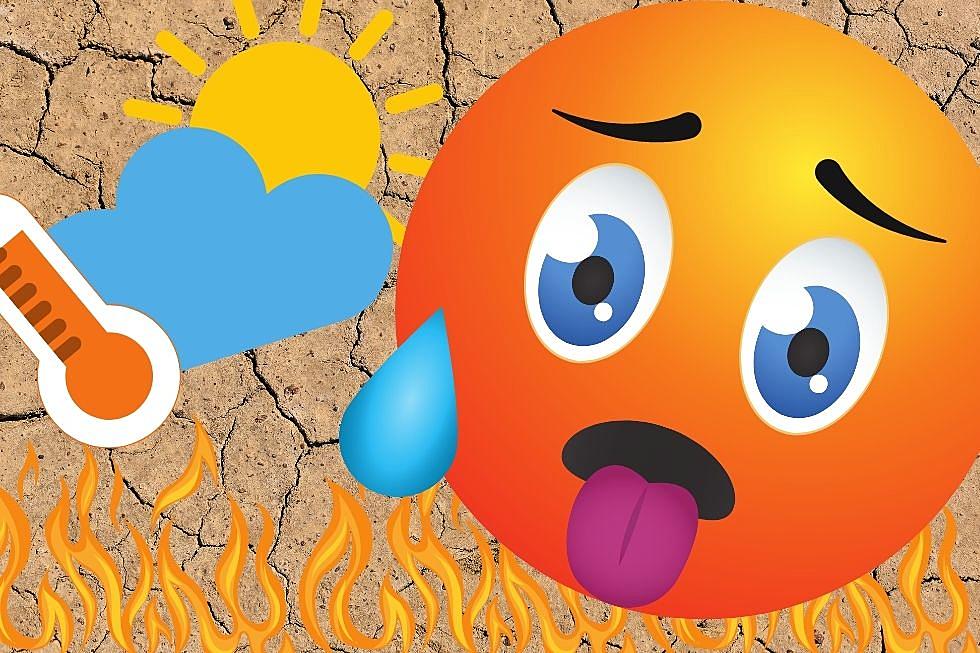

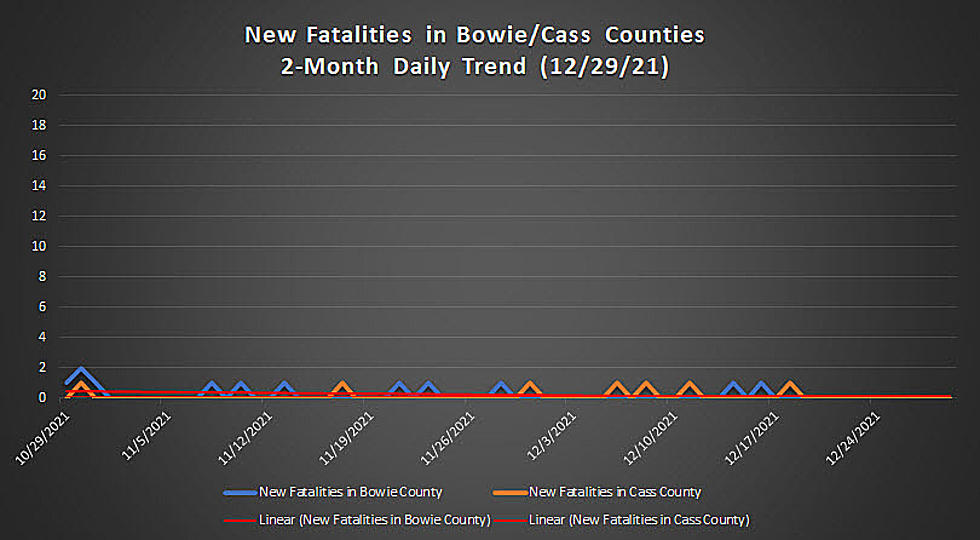

![[UPDATE] TTPD Wanted Jabori Robinson – Captured Tuesday Afternoon](http://townsquare.media/site/152/files/2021/12/attachment-Jabori-Robinson-captured-TTPD.jpg?w=980&q=75)
